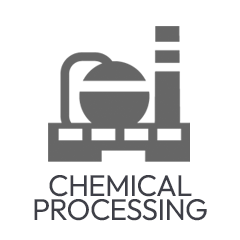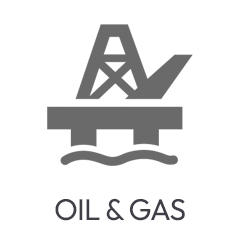LITERATURE
SPECIFICATIONS
UNS: S34700, S34709
W. NR.: 1.4550
ASTM: A 240, A262 PRACTICE E
ASME: SA 240
AMS: 5512
PWA: 300, F17 LCS
MSRR: 5632
FEATURES
- Good creep strength up to 1500°F
- Maintains good corrosion resistance in applications where the temperature is between 800°F and 1500°F.
- Good resistance to intergranular corrosion in the as welded condition.
APPLICATIONS
- Oil Refineries
- Fluid catalytic cracking units (FCC)
- Hanger rods
- Recuperator tube sheets, shell, supports
- Fired heater tubes
- Distributor trays and thermowells
- Equipment in and around reactors (good resistance to polythionic acid)
COMMON TRADE NAMES
- 347H
347
347 stainless steel has slightly improved corrosion resistance over type 321 stainless steel in strongly oxidizing environments. 347 is stabilized with niobium, it is preferable for aqueous and low temperature environments due to its good resistance to intergranular attack. Both 347 and 321 offer good resistance to polythionic acid stress corrosion cracking, encountered in oil refineries. The high temperature oxidation resistance of 347 is similar to that of 304 stainless steel. Useful to 1500°F.
FORMS
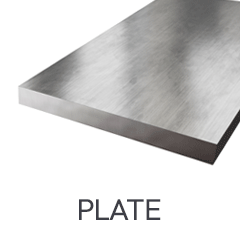
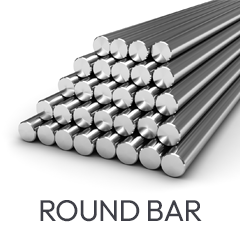
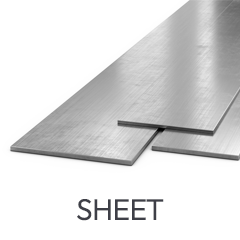
MARKETS & INDUSTRIES
Available Forms
Available Sizes
IN-STOCK LOCATIONS
- Select a size to view
- Toledo, OH
- Cincinnati, OH
- Chicago, IL
- Houston, TX
- Los Angeles, CA
- Richburg, SC
- Tampa, FL
- Tulsa, OK
- Windsor, CT


